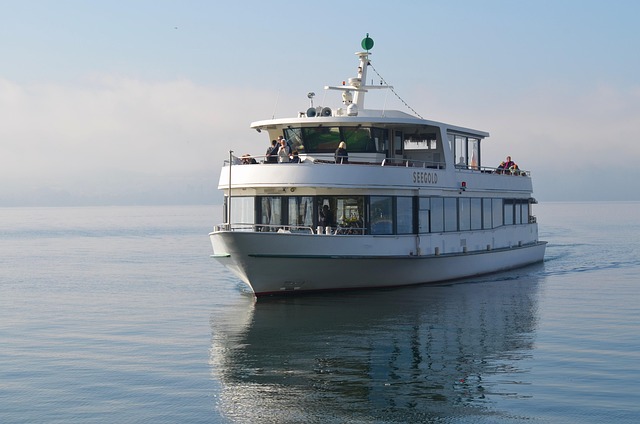Cheap Travel Insurance: How to Find It Without Getting Scammed
When planning a trip, most travelers in the United States type “cheap travel insurance” into Google hoping to save money. But here’s the truth: cheap can mean two very different things. Sometimes it’s cheap and good—a solid policy at a fair price. Other times it’s cheap and useless—coverage so barebones that it won’t actually help you when you need it.
This guide will show you how to spot the difference, avoid scams, and still get affordable protection that works in real-life travel emergencies.
Why Cheap Isn’t Always Bad
Many travelers assume that if a policy is affordable, it must be poor quality. That’s not always the case. Insurance companies price policies differently based on:
- Destination risk: A week in Canada may cost less to insure than two weeks in Thailand.
- Coverage limits: Some plans cap medical coverage at $50,000, while others go as high as $1 million.
- Age: A 25-year-old backpacker usually pays less than a 65-year-old retiree.
💡 Case Study: One couple from Texas purchased a $40 Allianz policy for a short trip to Mexico. When their luggage was lost, they were reimbursed within 10 days—proof that affordable doesn’t always mean inadequate.
The Danger of “Too Cheap” Travel Insurance
On the flip side, rock-bottom policies can leave you exposed. Some common traps include:
- Low or no medical coverage – A plan might cost $15 but only cover $5,000 in medical expenses. A single hospital visit in Europe can exceed $10,000.
- No evacuation coverage – Medical evacuation back to the U.S. can cost $50,000–$200,000 without coverage.
- Hidden exclusions – Cheap policies often exclude pre-existing conditions, extreme sports, or even common activities like hiking.
👎 Example: A California backpacker bought a $20 policy for Southeast Asia that excluded “motorbike accidents.” After a scooter crash in Bali, he faced a $12,000 hospital bill he had to pay out of pocket.
Expert Advice: How to Tell Good Cheap From Bad Cheap
I asked a U.S.-based travel insurance broker, Michael Torres, for his perspective:
“The best affordable travel insurance policies balance price with protection. Don’t just look at the premium—look at what it actually covers. A $40 plan with $250,000 medical coverage is a bargain. A $20 plan with $5,000 coverage is worthless.”
How to Shop Smart for Cheap Travel Insurance
Here’s a checklist to help you avoid scams and still save money:
- Compare multiple providers. Use trusted comparison sites like Squaremouth or InsureMyTrip (both U.S.-based).
- Check coverage minimums. Aim for at least $100,000 in medical coverage.
- Look for 24/7 assistance. A good plan includes a hotline you can call from anywhere in the world.
- Read the fine print. Watch out for exclusions around adventure sports, alcohol-related incidents, or pre-existing conditions.
- Verify the insurer’s reputation. Stick with established companies like Allianz, AIG Travel Guard, or IMG.
Data: What Americans Actually Pay for Cheap Travel Insurance
According to the U.S. Travel Insurance Association:
- The average American spends $90–$120 on a travel insurance policy.
- For short domestic trips, you can find decent coverage for as low as $30–$50.
- International trips usually require $60–$150, depending on length and risk level.
This means that if you’re finding offers for under $20, be cautious—it’s often a red flag.
Cheap and Good vs. Cheap and Useless (Quick Comparison)
| Feature | Cheap & Good | Cheap & Useless |
|---|---|---|
| Medical Coverage | $100,000+ | $5,000–$10,000 |
| Evacuation | Included | Excluded |
| 24/7 Assistance | Yes | No |
| Exclusions | Limited | Extensive |
| Claim Payouts | Reliable | Difficult/Denied |
Final Thoughts: Spend Smart, Not Just Less
The bottom line? Cheap travel insurance can be a lifesaver—if you choose wisely. Don’t shop by price tag alone. Instead, balance affordability with protection that truly matters.
Think of it this way: would you rather save $20 now or risk paying $20,000 later? A “cheap but good” plan is one that protects you from the financial shock of accidents, cancellations, or emergencies—without draining your travel budget upfront.
✈️ Pro tip: For most U.S. travelers, a mid-range plan ($40–$80) strikes the best balance between affordability and real protection.




Post Comment